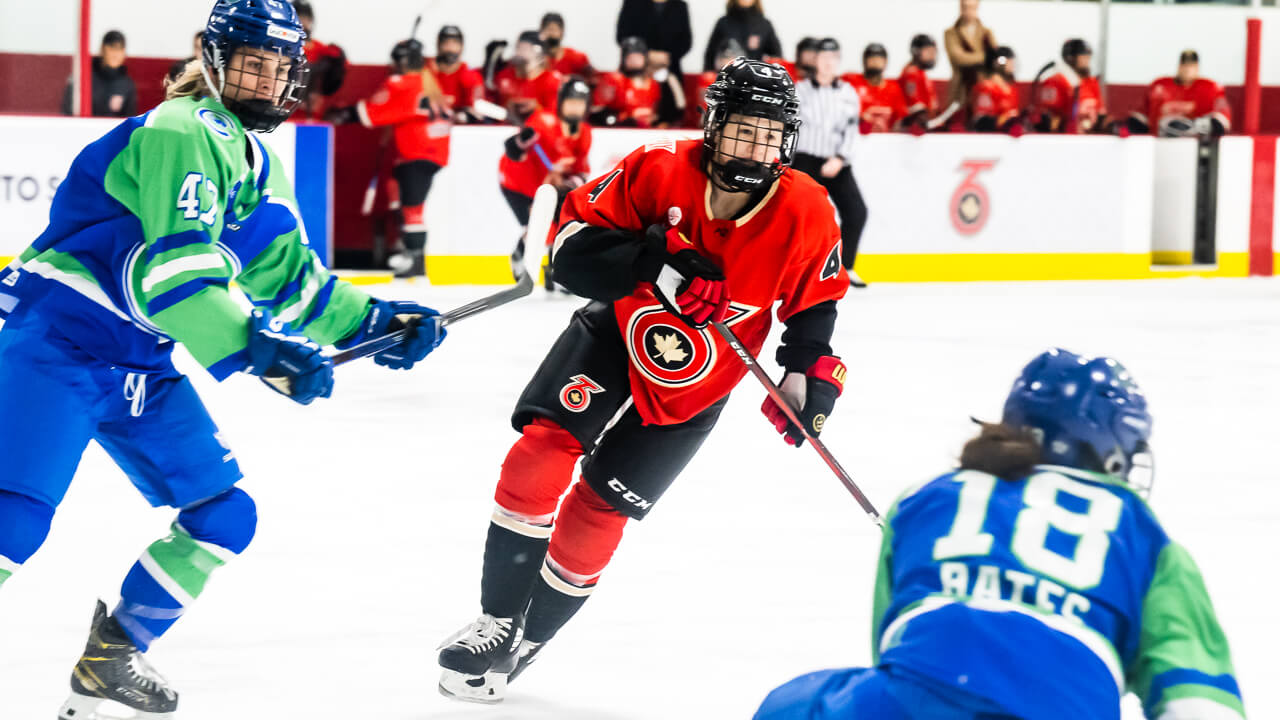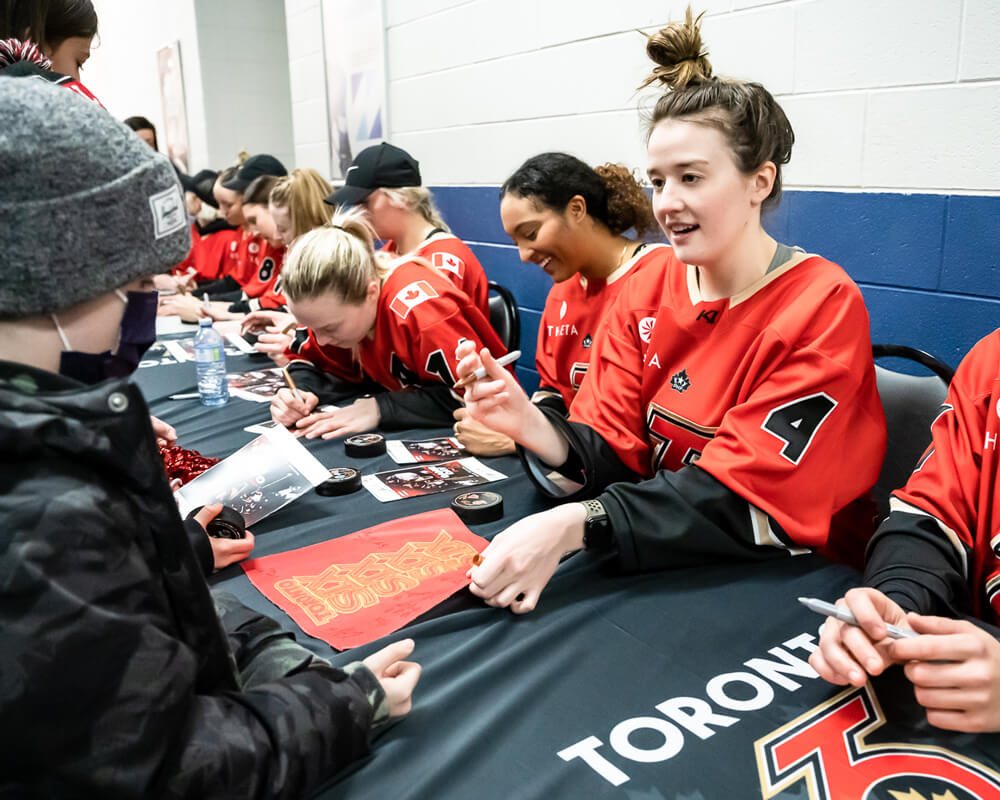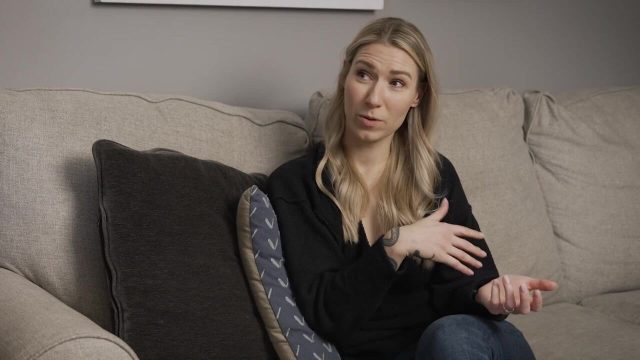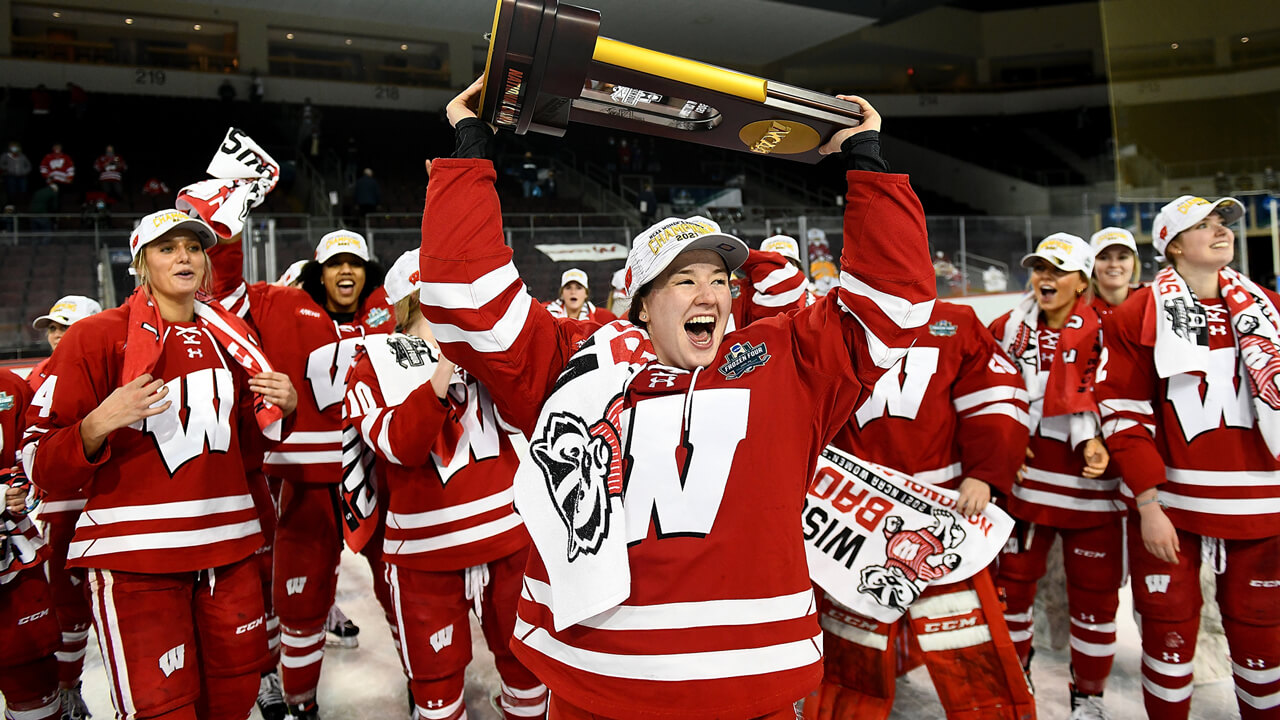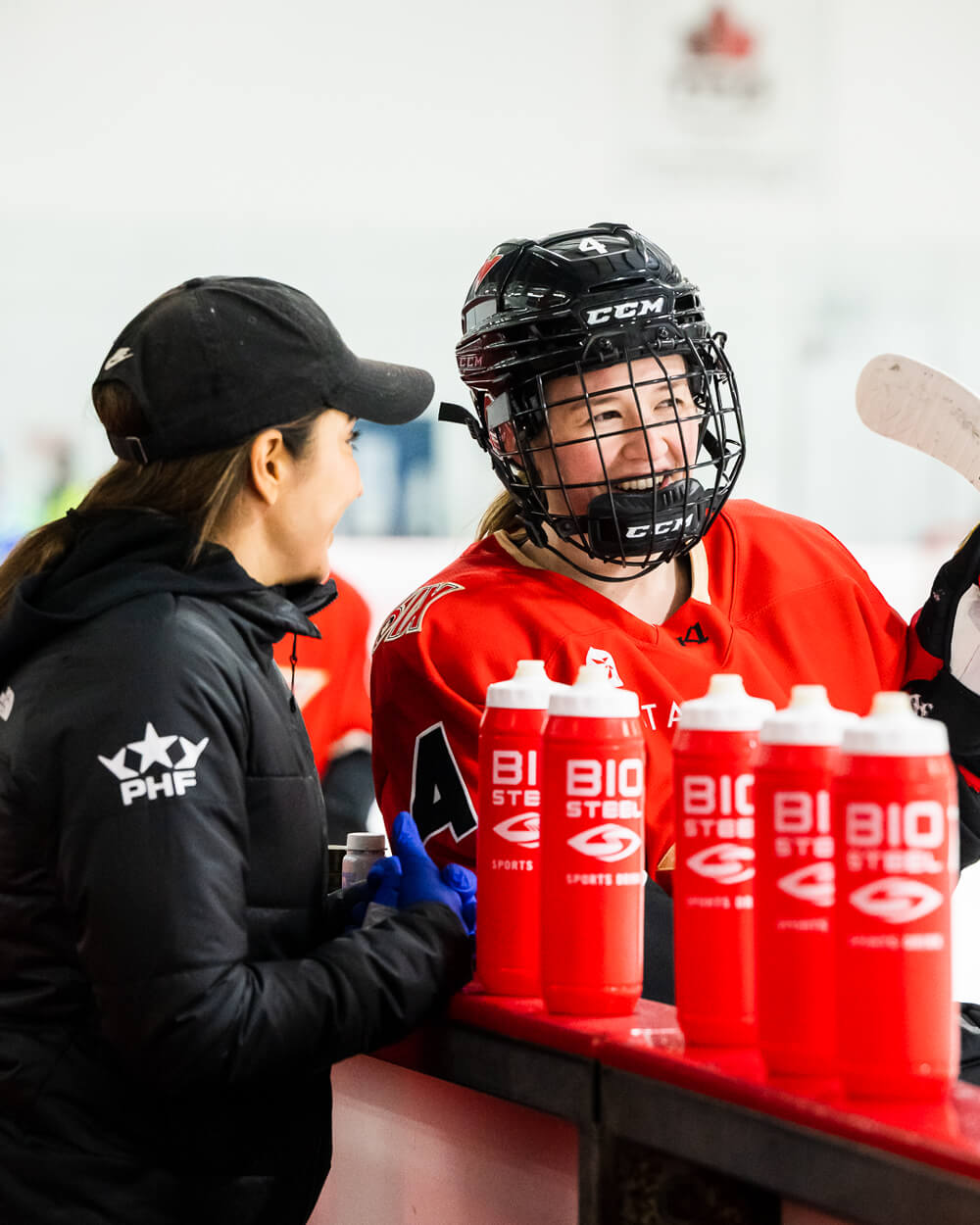O
nce the terms of her contract were released, Watts got a stream of texts from friends and family members and former teammates chiming in to send their congratulations.
“I just didn’t know the impact it would have on so many people,” she says. “So, that’s been great to see.”
The PHF does not mandate the release of salary information — that decision is entirely each player’s to make. But Watts knew she wanted to make hers public, to show her peers that things are changing — that you can love the game, play the game, and earn a competitive wage in the process.
“Releasing the contract was important because players from other leagues, hopefully — and they have — they see this big number and hopefully they think in their heads, ‘Wow, okay, this is serious money. No other league in the women’s hockey world has this money,’” she says. “’So, if I want to be paid like a true professional, I need to join the PHF for next season so that, you know, my dream of making a healthy income will come true.’
“The PHF looks really incredible because of the money they can make.”
While she held off making it public for a week after signing, wanting first to acquaint herself with her new teammates, Watts believes the message her contract sends about the trajectory of the league, and women’s hockey overall, is an important one.


